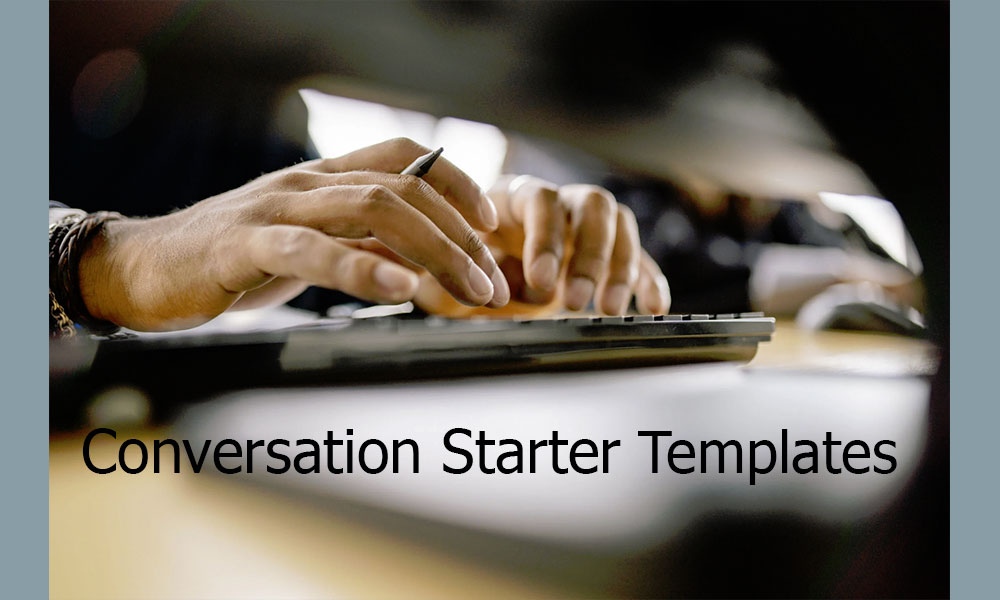Getting your foot in the door with prospects on LinkedIn is not always straightforward. It’s not just a case of coming up with the right way to start conversations with contacts for B2B outreach, but of doing so as efficiently as possible so that your efforts can scale as needed.
A good move in this regard is to create a template that will form the foundation of your outreach messaging. Get this right, and you can improve engagement and ideally increase conversions.
So what are the steps involved in putting together such a template, and are there any tools to assist you? Let’s look at a few ways to go about this.

One common mistake is to create a template that is a little too generic and doesn’t give you the space to personalize your message so that it’s super-relevant to the recipient.
It’s not enough to only make the name hot-swappable. Providing specific details that are related to the individual, the field they work in, and the company they work for will help you to stand out from the crowd.
Thankfully, with a LinkedIn lead generation tool on your side, you can enable both personalization and automation in one fell swoop. This is partly possible by narrowing down your pool of prospects according to your chosen parameters, thus ensuring that the templates you put together have a higher chance of striking a chord.
You may have several thousand characters at your disposal when writing a message to another user on LinkedIn. However, being concise is better if you want to actually earn a response.
Aiming to go below a maximum of 600 characters is sensible at this stage, as this has a higher probability of encouraging engagement from the recipient.
In fact, your ideal message will be one that the reader can absorb almost without having to think about it. Two or three sentences should do the trick.
Even if your end goal is to make a sale, it’s unhelpful to go all-in on this right out of the gate. Your template to start a conversation needs to be just that; conversation-oriented.
A good way to avoid this is to not speak specifically about your background, your business, or your experience. Instead, highlight the things about the prospect that grabbed your attention. The time for selling will come later.
An easy tactic for eliciting a response to an outreach message, even if it has come from a template, is to include a question by default.
People will be compelled to write up a reply if asked their opinion on something, and this can also leave leeway for personalization without needing to be overly specific.
For example, you could ask about a platform, product, or business that the prospect has worked with in the past. You could also ask about how they found the experience of an event they attended, at which you or your employer had a presence.
It’s all about picking questions that will have the highest chance of hitting home with your ideal demographic. Sure, you might get a few misses, but those that you do hook will be more rewarding in the long run.
Another way to create templated messages that will start conversations on LinkedIn is to include some value proposition.
This might be a link to a guide, ebook, or case study you commissioned, which contains pertinent info that will benefit the receiver.
Whatever the case, if you are being generous rather than simply asking for something from them, people won’t mind returning the favor with a reply.
Last of all, if you have put together an impactful conversation starter message for B2B outreach on LinkedIn, it’s safe to assume that the people who receive and read it will want to do some digging on you.
This is where profile optimization comes into play. You’ll need everything from a professional headshot for your profile picture to a well-crafted about section to give them a potted overview of who you are and what you do.
Once you have created a template for your LinkedIn B2B outreach, it’s important to start using it and then be willing to tweak and improve it over time.
Track how the template performs, and if it isn’t earning enough replies in its current form, change it to get better outcomes in the future.
